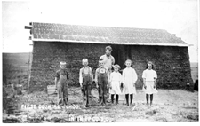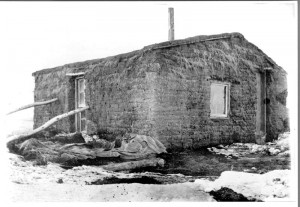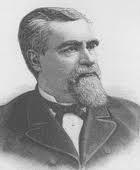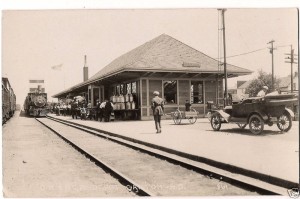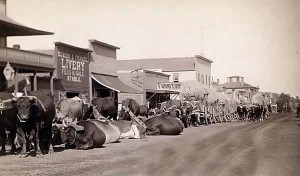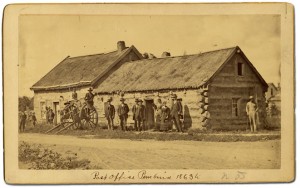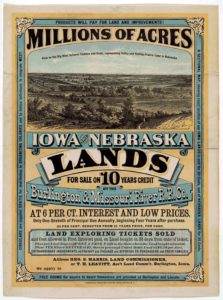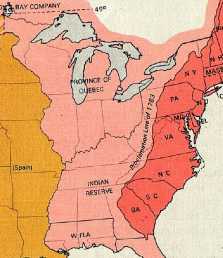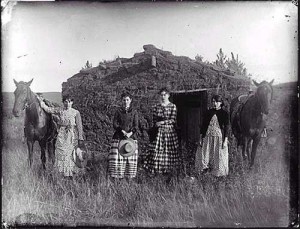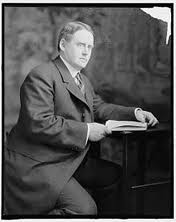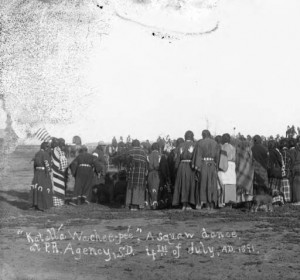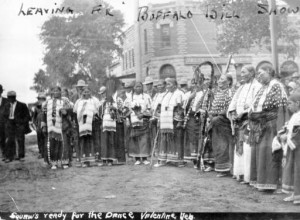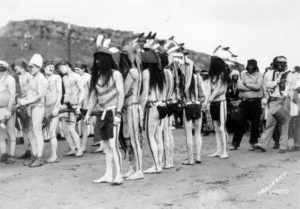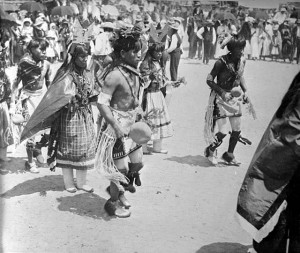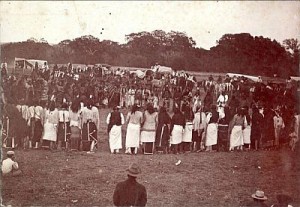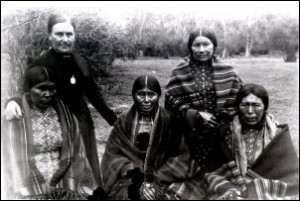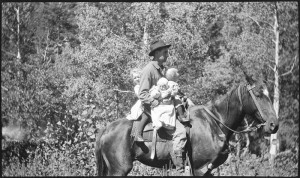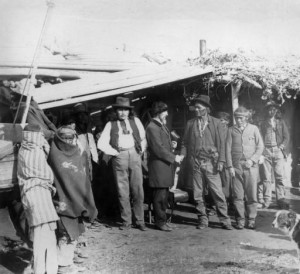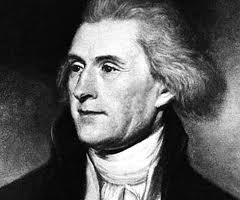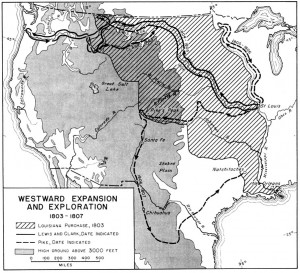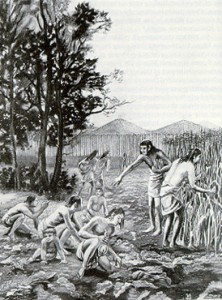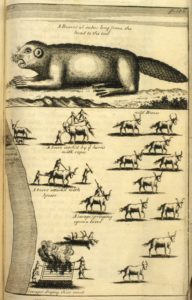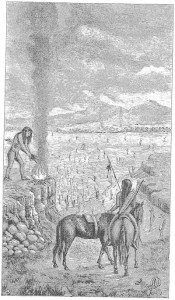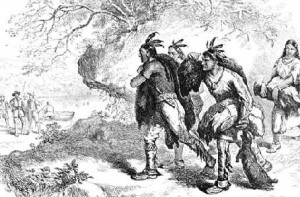In 1903, the people of Canton, South Dakota must have felt that all their efforts were paying off in a big way. The town had grown rapidly–schools, churches, and businesses were filling streets and buildings with needed services, and proving that the West could truly be settled. Two facilities in particular seemed to point the way to a bright future.
Augustana College had relocated from nearby Beloit, Iowa to Canton in 1884. After a rocky start, the college doubled attendance during the 1890s, and in 1902 moved to a new campus on the edge of town. In a show of true “booster” spirit, the people of Canton pledged to raise one dollar for every two that the college’s church sponsors provided. In 1903, the town could take pride in a beautiful four-story granite building. The college included a chapel that could seat 500, as well as a dormitory and gymnasium for the 200-300 students who attended each year.
Besides its educational attractions, the college also provided an economic boost to the town. Students who couldn’t find space in the school’s dormitory rented rooms from Canton’s residents, and of course, bought food, clothing, and other supplies from local merchants. The college hosted academic events that included well-known speakers, in addition to its religious gatherings. Local hotels hosted some of these gatherings in their banquet rooms, and again, local businesses provided many of the required supplies and labor.
My next post will describe another of Canton’s economic cornerstones.
______________________________________________________________________________________

